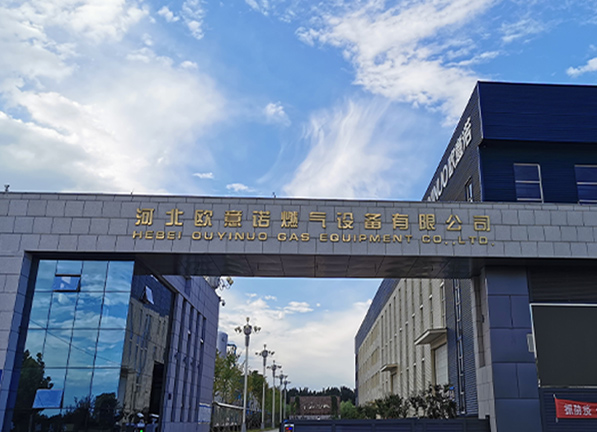
Dec . 27, 2024 03:00
Back to list
heat exchanger
Heat Exchangers An Essential Component in Modern Engineering
Heat exchangers are a critical component in various industries, playing a vital role in the efficient transfer of heat from one medium to another. As energy efficiency becomes increasingly important in our efforts to reduce environmental impact and optimize processes, understanding the principles, types, and applications of heat exchangers is essential for engineers and technicians alike.
At its core, a heat exchanger is a device designed to facilitate the transfer of thermal energy between two or more fluids without mixing them. This process is governed by the second law of thermodynamics, which states that heat naturally flows from a hotter object to a cooler one. The primary goal of a heat exchanger is to maximize this heat transfer while minimizing energy loss and pressure drop.
There are several types of heat exchangers, each suited for different applications. The most common types include shell-and-tube, plate, finned tube, and air-cooled exchangers. The shell-and-tube design consists of a series of tubes enclosed within a larger shell; one fluid circulates through the tubes while another flows around them, allowing heat transfer between the two. Plate heat exchangers utilize a series of thin, corrugated plates to create a large surface area for heat transfer, making them especially efficient in applications with limited space.
Finned tube heat exchangers enhance heat transfer by increasing the surface area of the tubes through which the fluid flows. These are often used in heating and cooling applications, such as in HVAC systems, where they can effectively transfer heat to or from air. Air-cooled heat exchangers, on the other hand, use ambient air to cool fluids, commonly found in process industries and power plants. Each type of heat exchanger has its specific advantages and is chosen based on factors such as space availability, desired efficiency, and fluid characteristics.
heat exchanger

Heat exchangers are indispensable in various industries, including power generation, chemical processing, HVAC, and food and beverage production. In power plants, for instance, heat exchangers play a crucial role in converting thermal energy from combustion processes into electricity. In chemical processing, they maintain optimal temperatures during reactions and can recover waste heat to improve overall efficiency. Furthermore, in the food and beverage sector, heat exchangers are used for pasteurization and cooling processes, ensuring food safety while conserving energy.
The efficiency of a heat exchanger can significantly impact operational costs and energy consumption. Engineers often use the effectiveness-NTU method or the log mean temperature difference (LMTD) method to analyze and optimize heat exchanger performance. Factors such as flow arrangement—counterflow, parallel flow, or crossflow—also influence efficiency. Counterflow arrangements usually provide the highest thermal efficiency by allowing the two fluids to flow in opposite directions, maximizing the temperature gradient and reducing the thermal resistance.
Despite their many advantages, heat exchangers can face challenges such as fouling, corrosion, and scaling, which can reduce their efficiency and lifespan. Fouling refers to the accumulation of unwanted material on the heat transfer surfaces, which can hamper heat transfer rates. Regular maintenance, cleaning, and choosing the right materials can mitigate these issues and enhance the longevity of the equipment.
In recent years, advancements in materials science and engineering have led to the development of more efficient and sustainable heat exchanger designs. Innovations such as enhanced heat transfer surfaces, compact designs, and systems utilizing phase change materials are being explored to further improve energy efficiency. Additionally, the integration of heat exchangers within renewable energy systems, such as solar thermal and geothermal applications, has gained traction as the world increasingly shifts towards greener energy solutions.
In conclusion, heat exchangers are fundamental in various industrial applications, providing essential services that enhance energy efficiency and process effectiveness. As technology advances and the demand for sustainable practices grows, the role of heat exchangers will only become more critical, leading to a continued evolution in their design and application. Understanding these devices is vital for engineers and industry professionals aiming to optimize processes, reduce costs, and contribute to a more sustainable future.
Latest news
-
Safety Valve Spring-Loaded Design Overpressure ProtectionNewsJul.25,2025
-
Precision Voltage Regulator AC5 Accuracy Grade PerformanceNewsJul.25,2025
-
Natural Gas Pressure Regulating Skid Industrial Pipeline ApplicationsNewsJul.25,2025
-
Natural Gas Filter Stainless Steel Mesh Element DesignNewsJul.25,2025
-
Gas Pressure Regulator Valve Direct-Acting Spring-Loaded DesignNewsJul.25,2025
-
Decompression Equipment Multi-Stage Heat Exchange System DesignNewsJul.25,2025

